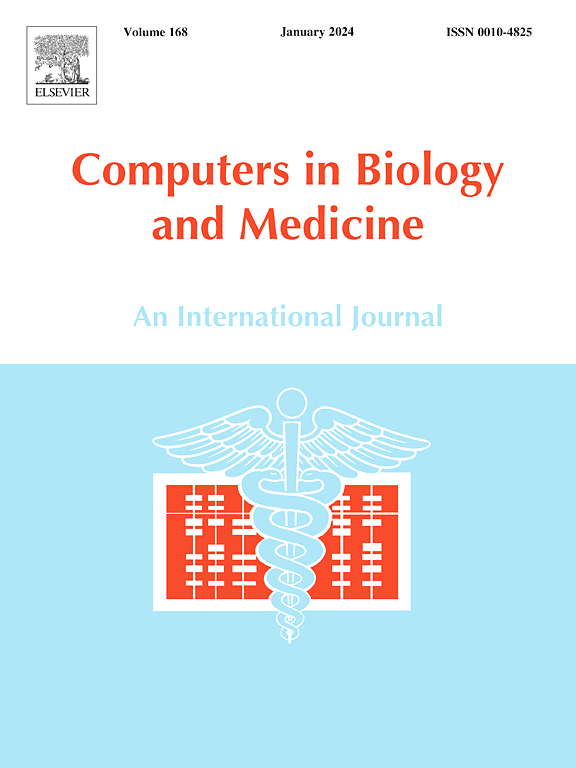Topological influence of immediate-early genes in brain genetic networks and their link to Alzheimer's disease
IF 7
2区 医学
Q1 BIOLOGY
引用次数: 0
Abstract
Immediate-early genes (IEGs), a subset of activity-regulated genes (ARGs), are rapidly and transiently activated by neuronal activity independent of protein synthesis. While extensively researched, the role of IEGs within genetic networks and their potential as drug targets for brain diseases remain underexplored. This study aimed to investigate the topological influence of IEGs within genetic networks and explore their relevance to Alzheimer's disease (AD).
To achieve this, we employed a multi-step approach: mouse ARG data were analysed and mapped to human genes to identify the topological properties that distinguish IEGs from other ARGs; the involvement of ARGs in biological pathways and diseases and their mutational constraints were examined; ARG-related variants in AD were assessed using genome-wide association study (GWAS) summary statistics and functional analysis; and network and GWAS findings were integrated to identify ARG-AD-associated genes.
Our key findings were: (1) IEGs exhibit significantly higher topological influence across human and mouse gene networks compared to other ARGs; (2) ARGs are less frequently involved in diseases and exhibit higher mutational constraint than non-ARGs; (3) Several AD-associated variants are located in ARG regions, particularly in MARK4 near FOSB, with an AD risk eQTL that increases MARK4 expression in cortical areas; (4) MARK4 emerges as a key node in a dense AD multi-omic network and exhibits a high druggability score.
These findings underscore the influential role of IEGs within genetic networks, providing valuable insights into their potential as intervention points for diseases characterised by downstream dysregulation, with MARK4 emerging as a promising and underexplored target for AD.

求助全文
约1分钟内获得全文
求助全文
来源期刊

Computers in biology and medicine
工程技术-工程:生物医学
CiteScore
11.70
自引率
10.40%
发文量
1086
审稿时长
74 days
期刊介绍:
Computers in Biology and Medicine is an international forum for sharing groundbreaking advancements in the use of computers in bioscience and medicine. This journal serves as a medium for communicating essential research, instruction, ideas, and information regarding the rapidly evolving field of computer applications in these domains. By encouraging the exchange of knowledge, we aim to facilitate progress and innovation in the utilization of computers in biology and medicine.
 求助内容:
求助内容: 应助结果提醒方式:
应助结果提醒方式:


